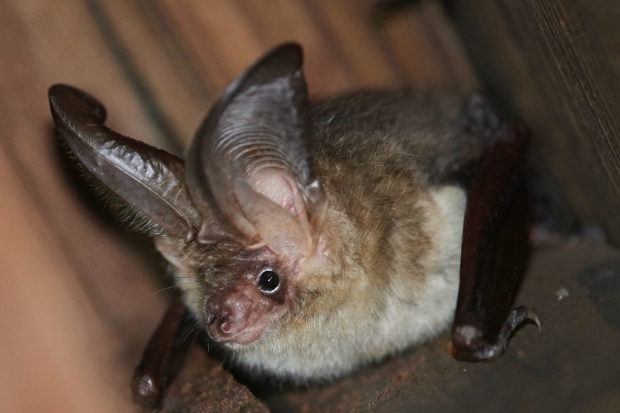All about bats: bat ecology and how they are protected

APEM deliver desk studies, scoping and detailed population surveys for a wide range of protected species, including bats, badger, white clawed crayfish, reptiles, otter, water vole, breeding birds and great crested newt.
We advise on mitigation and compensation measures, as well as delivering monitoring and mitigation plans. Our scientists provide nationally-recognised expertise in terrestrial and aquatic species.
The presence of populations, and sometimes even individuals, of protected species of wild plants, birds and animals can affect planning permission. Consent can be delayed and even refused if inadequate information is provided on the species in question.
In England and Wales, protected species primarily fall under the Wildlife and Countryside Act. In Ireland the Wildlife Act 1976 and Wildlife Amendment Act 2000 provide guidance for protected species, and Scotland’s protected species are governed by NatureScot. APEM are proud of our long-standing relationships with regulators and our status as a preferred supplier.
APEM’s experienced consultants support clients through the process of gathering the relevant information for licensing applications. This includes evaluating data, assessing impacts, identifying mitigation actions and preparing reports and plans to support an application to the planning authority and the statutory nature conservation body.
Our approach
The first step is a comprehensive desk study which identifies what is already known about an area or site. This may identify that sufficient information is already available and that further surveys are not required.
If more data is required, the second step is to undertake a protected species scoping survey. This will identify if there is evidence for, or a reasonable likelihood of, protected species being present on the site or potentially affected by the proposed development.
The subsequent step is to carry out any necessary species-specific surveys. Our consultants have in-depth experience of many wetland and aquatic species surveys including those for otter, water vole, crayfish and great crested newt, and terrestrial surveys such as bats, badger and breeding birds.
APEM consultants are nationally-recognised experts in surveys for protected species.
All our surveys are carried out at the correct time of year, using methods that are right for the species and the area in question, and comply with guidance issued or endorsed by the relevant statutory nature conservation body.
After all the relevant information is collated, it is evaluated and assessed for likely impacts on the protected species. We prepare an Ecological Impact Assessment (EIA), in accordance with the guidelines issued by CIEEM, for developments that are of a scale or nature that a formal EIA is not required. If a formal EIA is required, we’ll deliver an ecology chapter for the Environmental Statement.
In relevant circumstances, mitigation proposals and/or a management plan may be necessary and we can also support. We can also provide an Ecological Clerk of Works (ECoW) and post-consent monitoring for protected species as required.
APEM regularly support clients with identifying the potential impact on SSSI land and any special habitats and species of activities and works, providing guidance and advice and practical recommendations.

Lamprey
Bullhead
Eel
Great crested newt
Water vole
Otter
Crayfish
White-clawed crayfish
Shad
Badgers
Bats
Bank vole
Amur bitterling
Atlantic salmon
Atlantic stream crayfish
Bar tailed godwit
View all Irish protected species and UK protected species
The team at APEM would be happy to answer any questions you have about surveying protected aquatic or terrestrial species. Please use the form below to get in touch.
Read one of APEM’s blogs, news articles or case studies to find out more.


Our terrestrial consultant ecologist gives an overview of bat ecology, licencing and the laws around managing this protected species
+ Read more